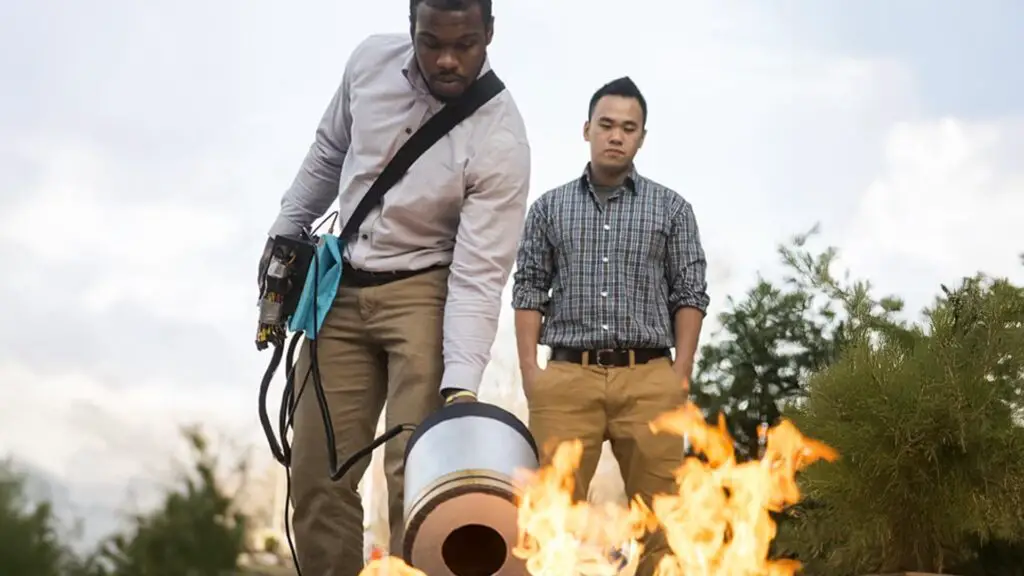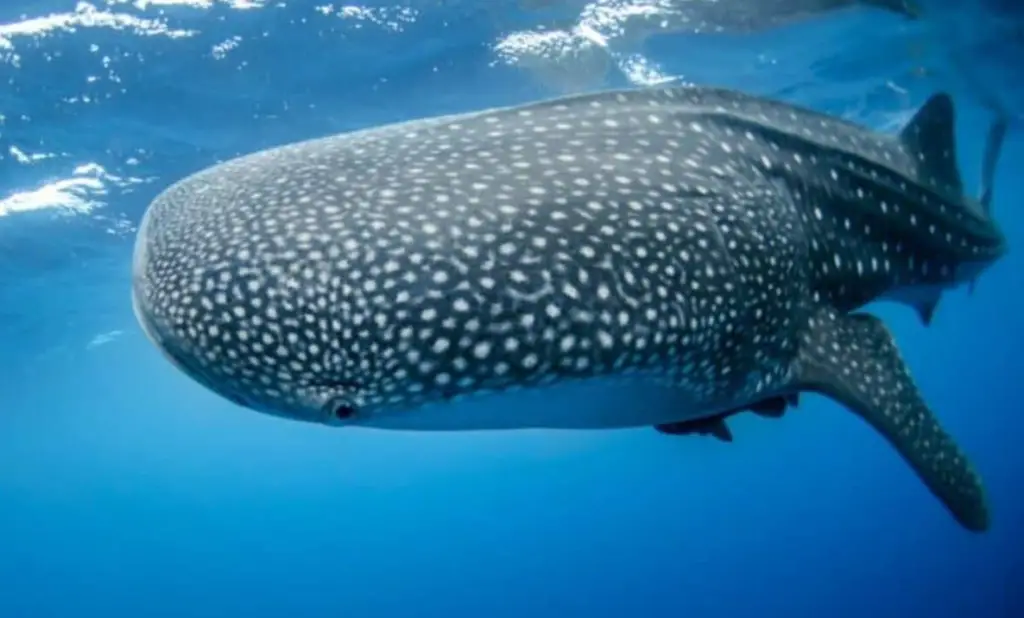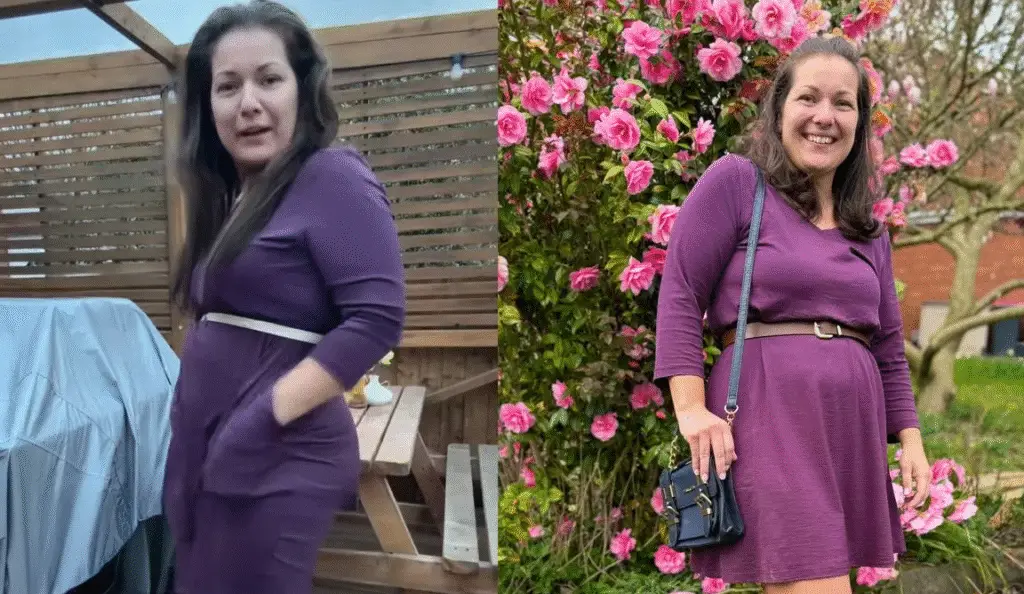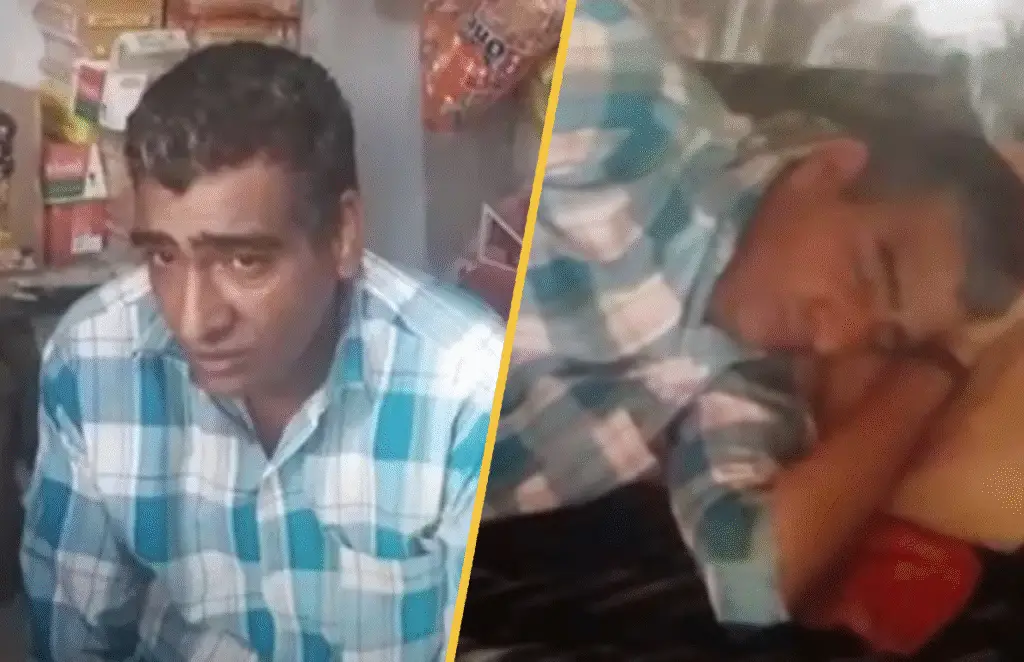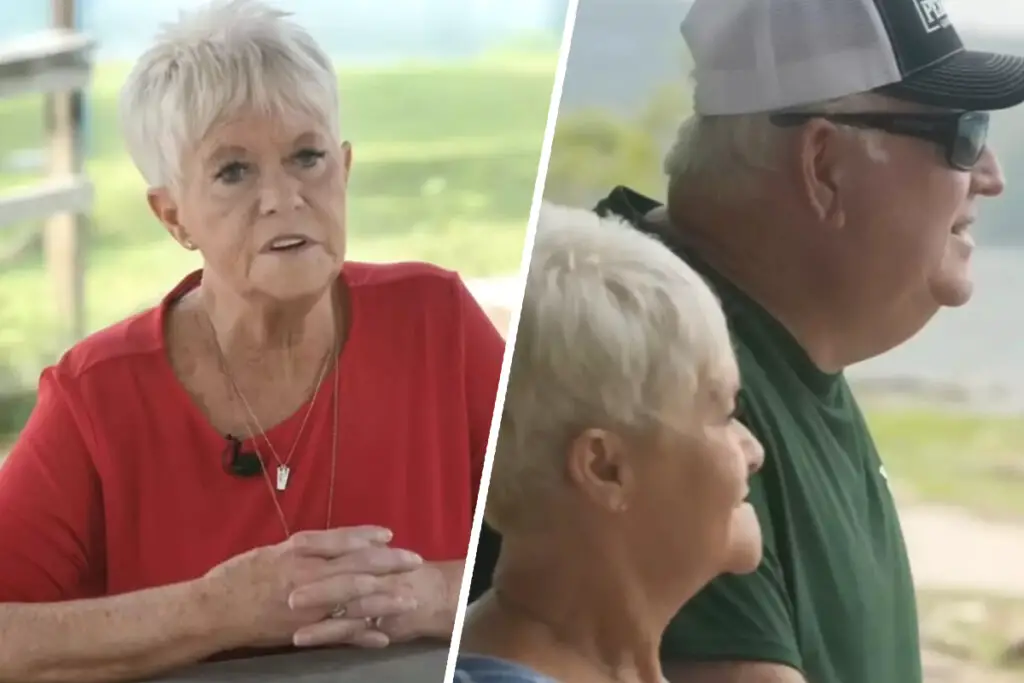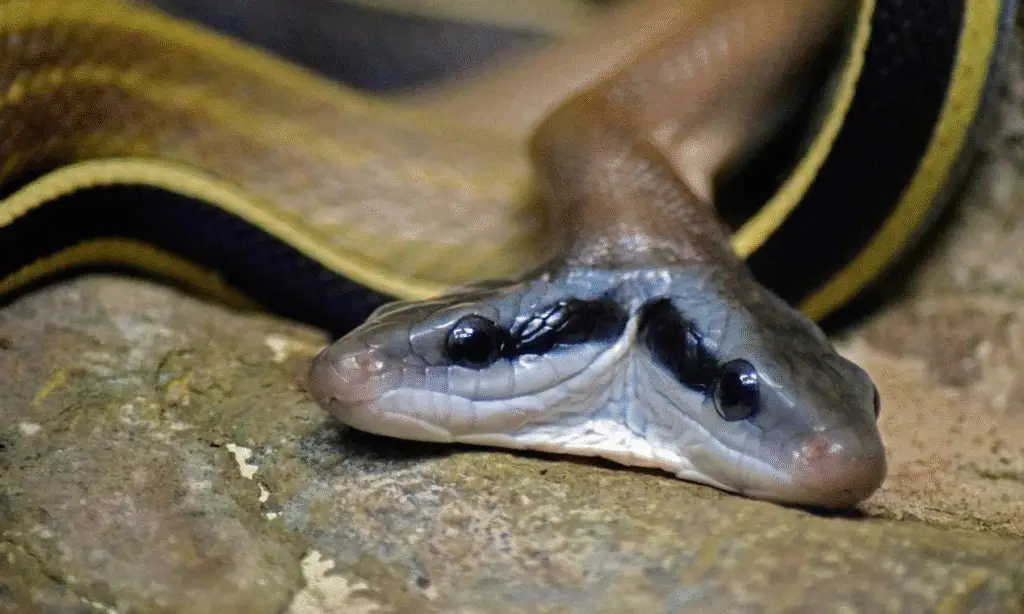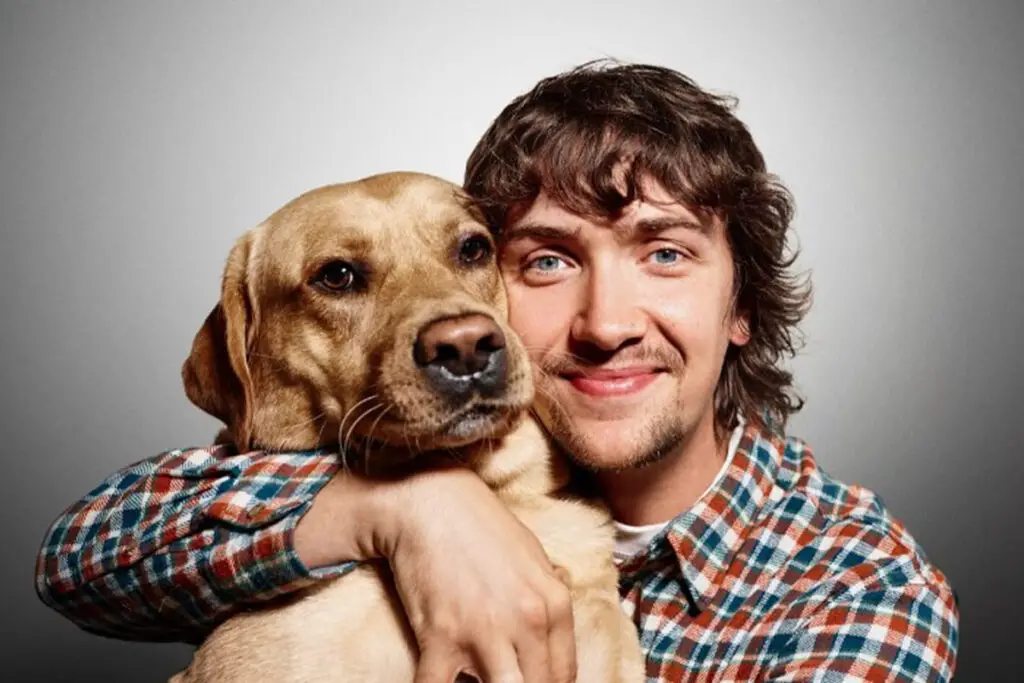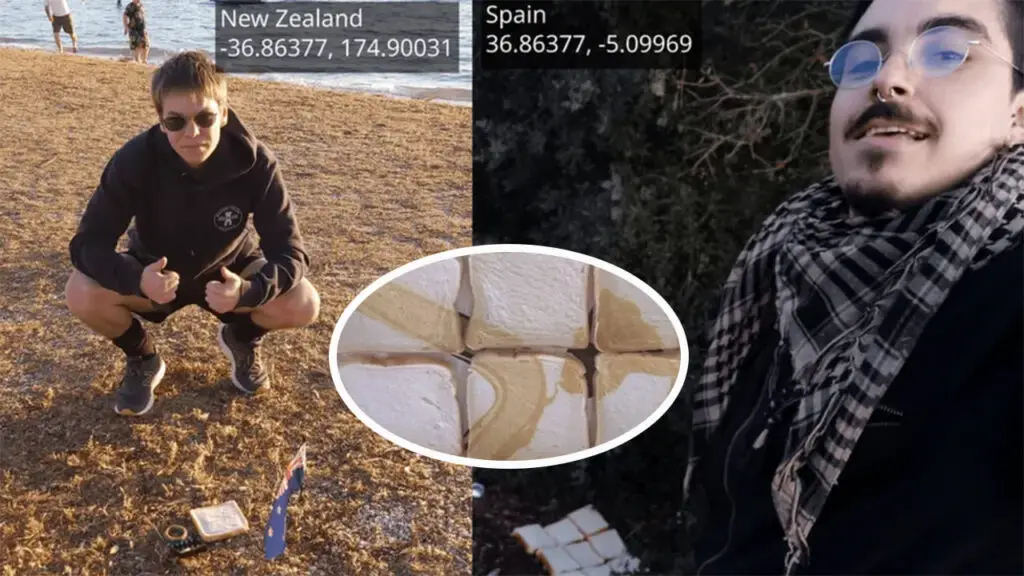Miracle baby from North Branch survives and thrives after 16 minutes without a heartbeat or oxygen

NORTH BRANCH, Minn. — In a story that’s left even seasoned medical professionals in awe, a Minnesota baby who spent the first 16 minutes of his life without oxygen or a heartbeat is not only alive today but thriving—with zero signs of long-term damage.
Doctors are calling it nothing short of a miracle.
“When you see Owen now, laughing, smiling, hitting every milestone—it’s almost impossible to believe how close we came to losing him,” his mother, Stephanie Silva, told “He’s our little fighter.”
A Mother’s Instinct
The harrowing journey began in February 2023, when Silva, then pregnant, arrived at Mercy Hospital with chest pains.
Something felt off. “As soon as they couldn’t find the heartbeat, I knew something might be wrong,” she recalled, her voice trembling slightly.
Tests revealed a placental abruption—a life-threatening complication where the placenta separates from the uterus, cutting off the baby’s blood supply.
What followed was a whirlwind of panic.
Silva was rushed into an emergency C-section while her fiancé, Mason Hubert, waited helplessly.
“I heard them call a ‘code blue’ for the neonatal team,” Hubert said. “I thought I’d lose both of them. It was the longest minutes of my life.”
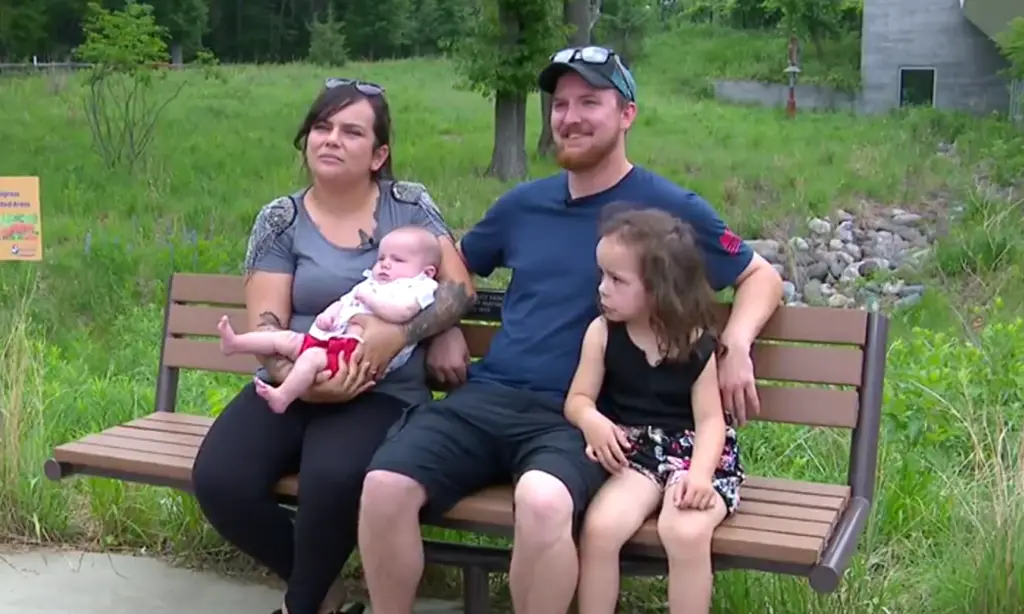
The Agonizing 16 Minutes
When Owen was born, he wasn’t breathing. No pulse. No oxygen. For 16 excruciating minutes, doctors and nurses performed CPR, refusing to give up even as hope dwindled.
“We were approaching the point where survival seemed impossible,” said Dr. Heidi Kamrath, a neonatologist at Children’s Minnesota who helped lead the resuscitation efforts.
Typically, brain damage begins after just 10 minutes without oxygen, and death can follow by 25 minutes.
Then, a flicker of hope: a faint pulse. Owen took his first breath. “It was like time restarted,” Silva said.
The Science Behind the Miracle
So how did Owen cheat the odds? The answer lies in a cutting-edge treatment called therapeutic hypothermia.
After stabilizing him, doctors placed Owen in a transport isolette—a specialized incubator—and cooled his body to 92°F (33°C) for 72 hours.
“Slowing his metabolism gave his brain time to heal,” Dr. Kamrath explained. This technique, while not new, is rarely associated with such dramatic recoveries after such prolonged oxygen deprivation.
The results stunned everyone. “The nurses warned us, ‘There will be damage,’” Silva said. But follow-up tests revealed no brain injury.
Owen hit every developmental milestone, from rolling over to babbling, and was discharged in just 11 days—a blink of an eye in neonatal care.
A Birthday They’ll Never Forget
In a bittersweet twist, Owen was born on February 8—the same birthday as his big sister, Hazel.
“She’s obsessed with him,” Silva laughed. “Though she hasn’t mastered diaper duty yet!”
The family’s gratitude extends beyond fate.
Silva believes a prescribed blood pressure medication may have contributed to the placental abruption.
Her advice to expectant mothers? “Always get a second opinion if you’re on meds during pregnancy. Trust your gut.”
The Ripple Effect of a “Miracle”
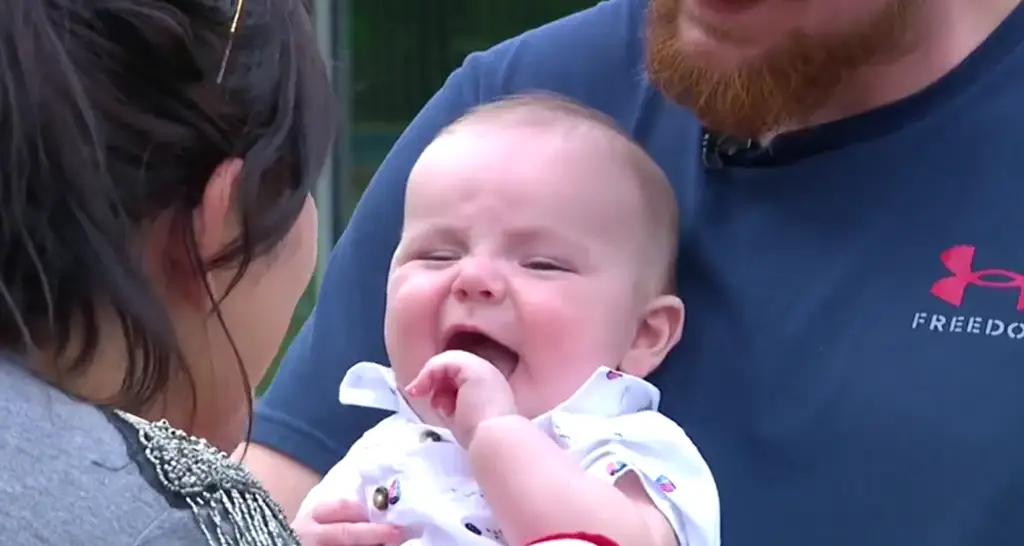
For the medical team, Owen’s case is a career-defining moment.
Children’s Minnesota delivers 3,000 babies annually, but “Owen’s story is one we’ll talk about for decades,” Dr. Kamrath said.
“It’s these outcomes—the ones that defy every expectation—that remind us why we do this job.”
The sentiment echoes beyond hospital walls.
On social media, Owen’s grandmother shared a photo of him beaming in a striped onesie: “This is him now—a smiling, happy boy!” The post went viral, with thousands celebrating the family’s resilience.
What’s Next for Owen?
Two years later, Owen is a toddling testament to modern medicine and human tenacity.
Neurologists have given him a clean bill of health, and his parents are cautiously optimistic.
“He’s just…normal,” Silva said, still marveling. “The neurologist told me he’d never used the word ‘miracle’ before Owen.”
While the term “miracle” is tossed around loosely, in Owen’s case, even the skeptics agree. As Dr. Kamrath put it: “Sometimes, science and luck collide in the best possible way.”

